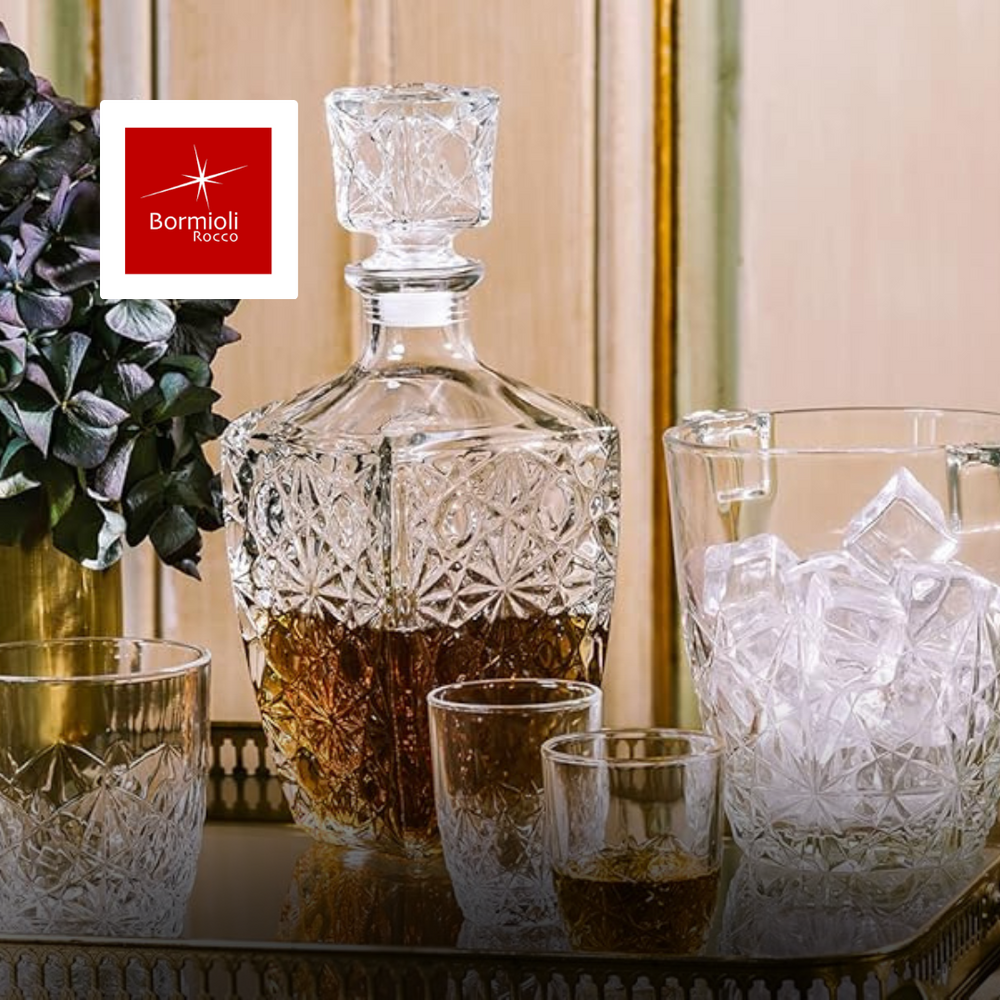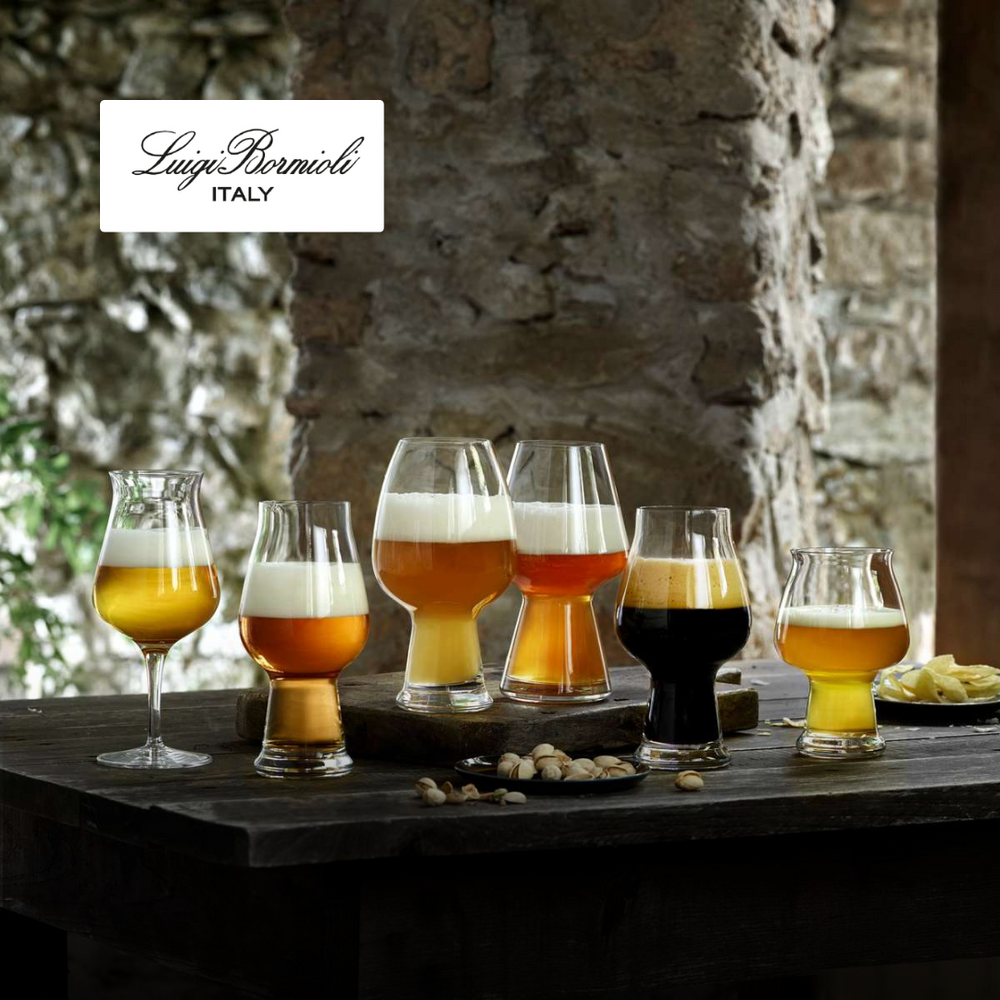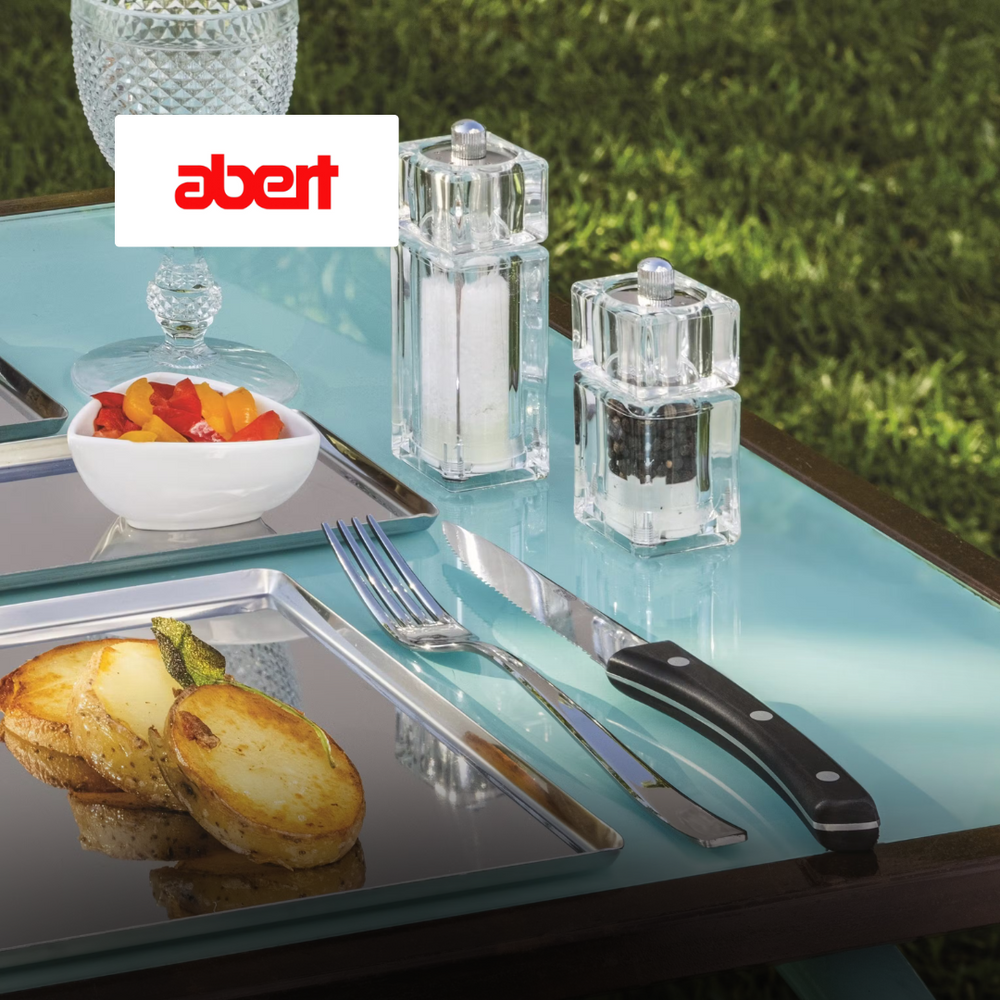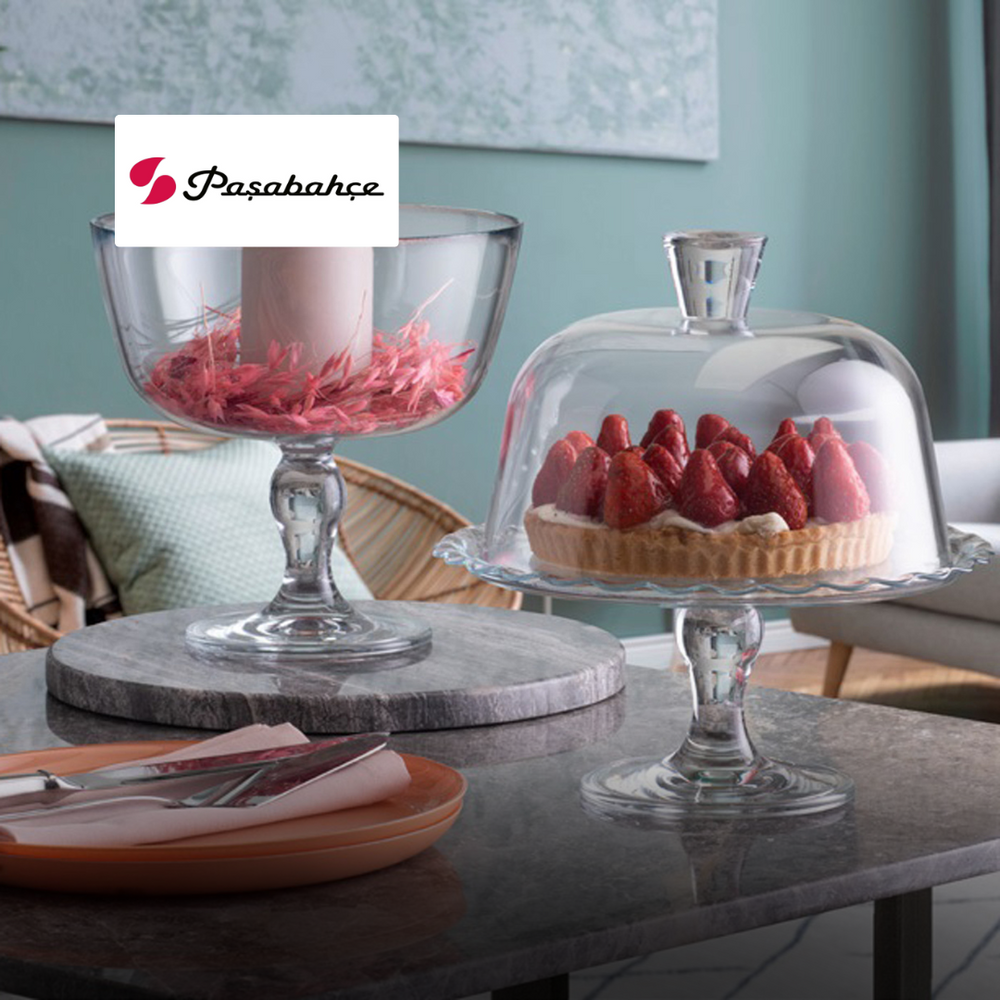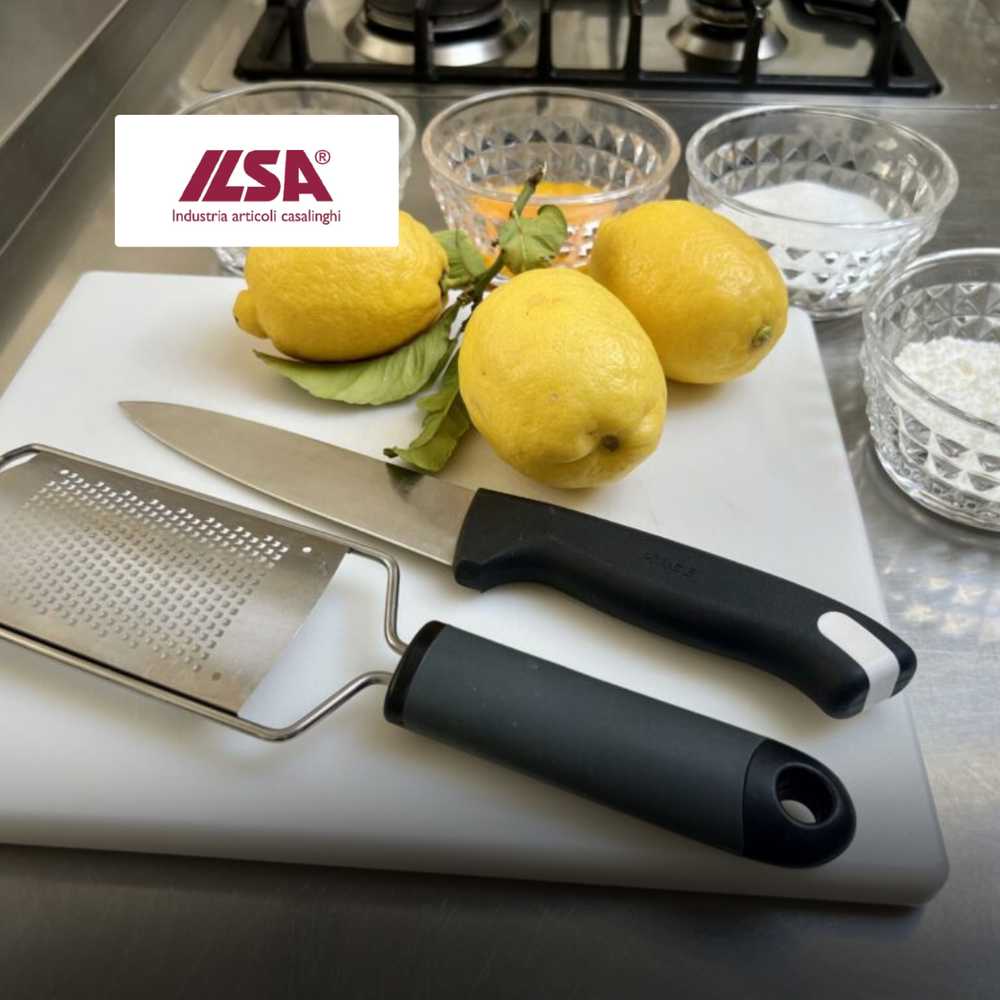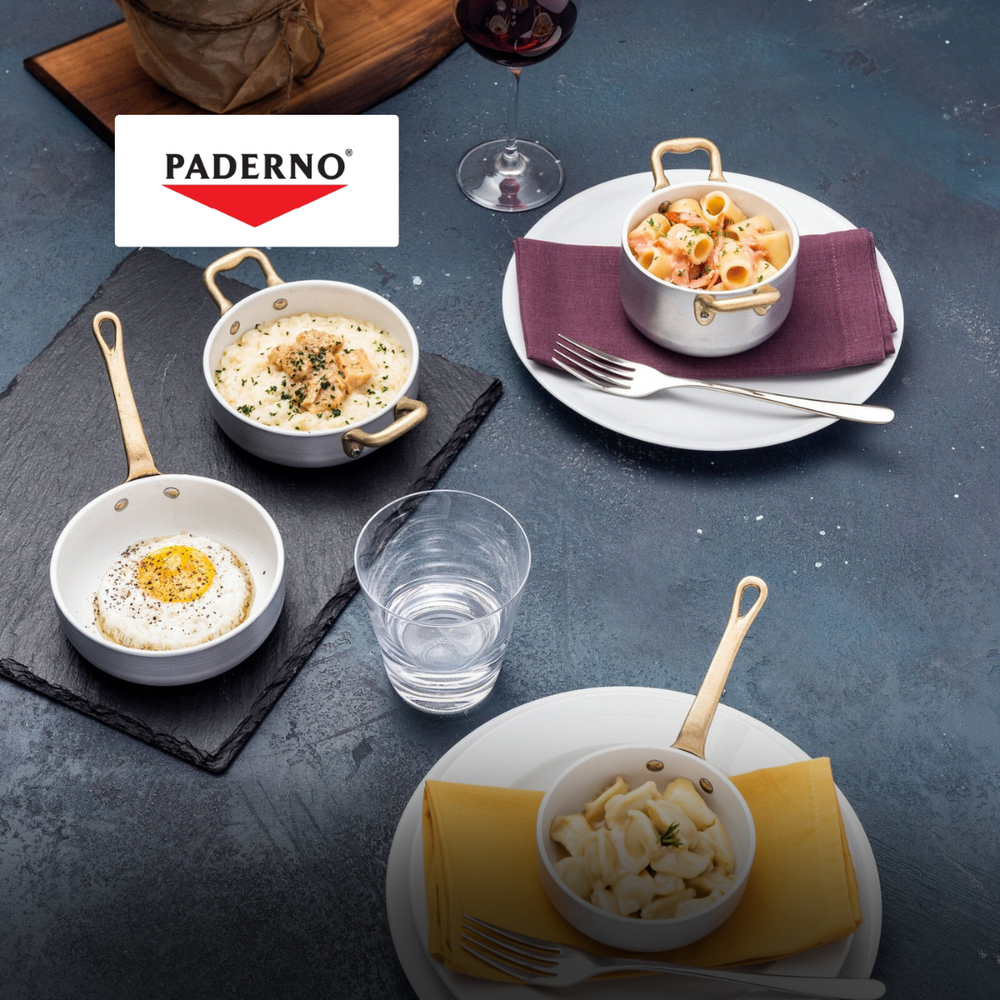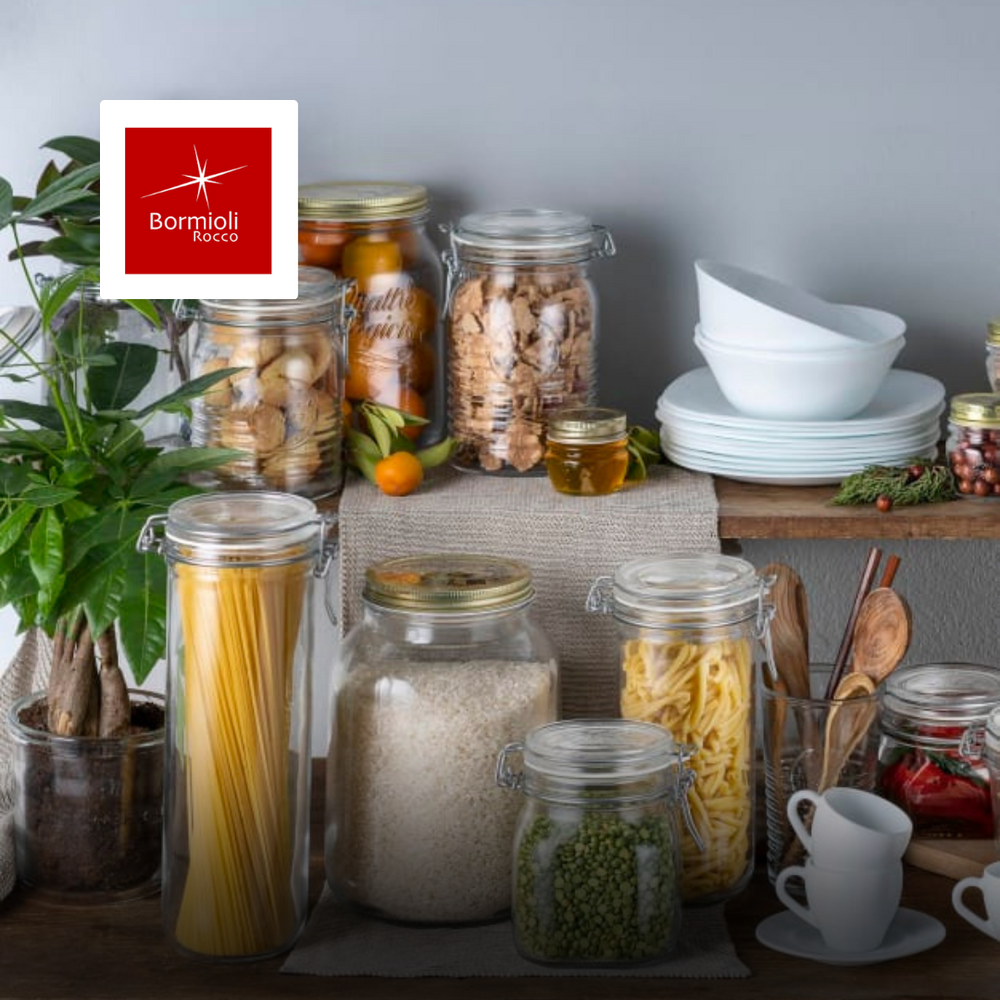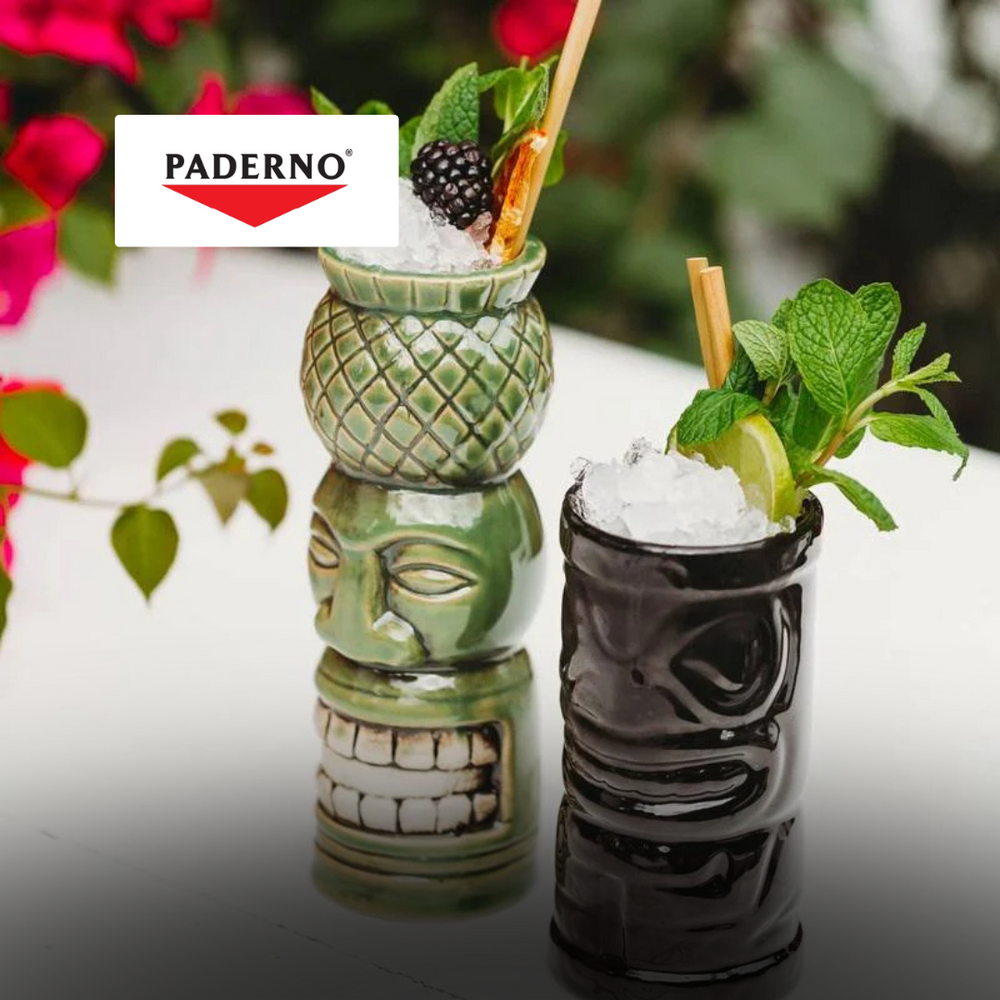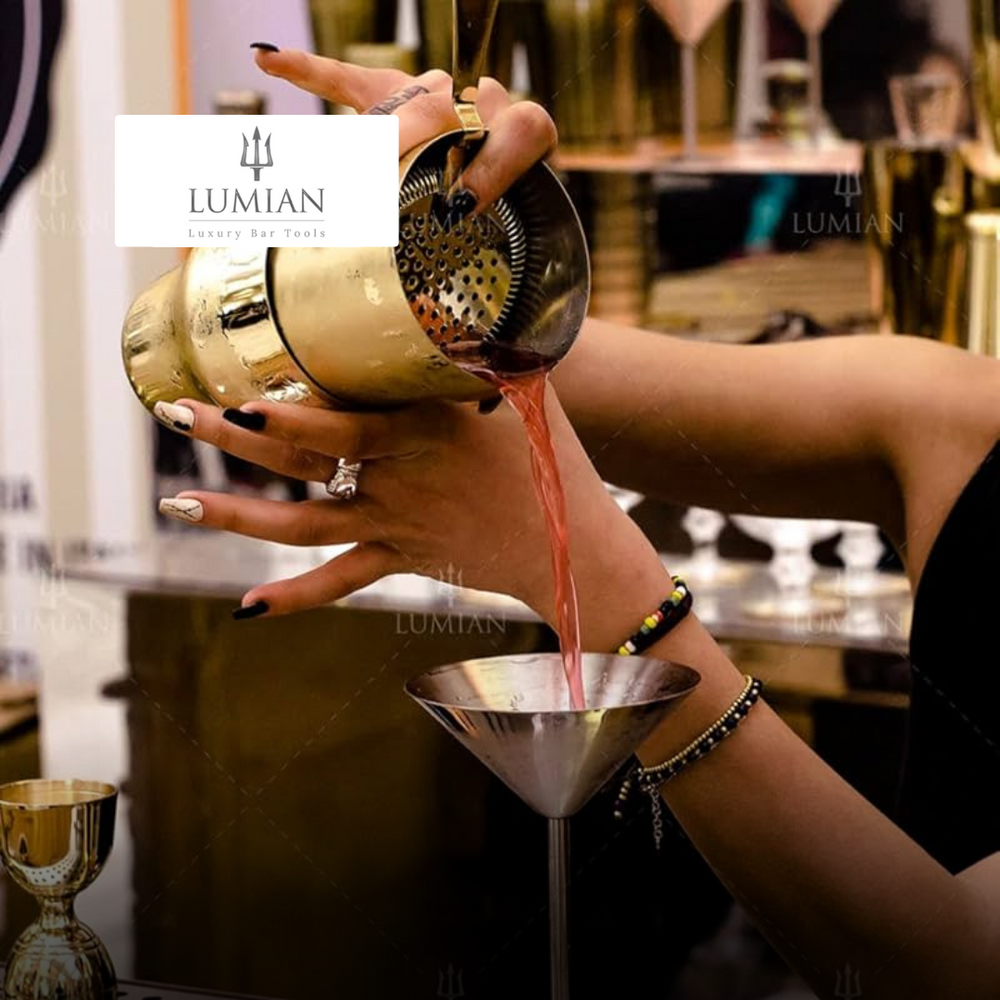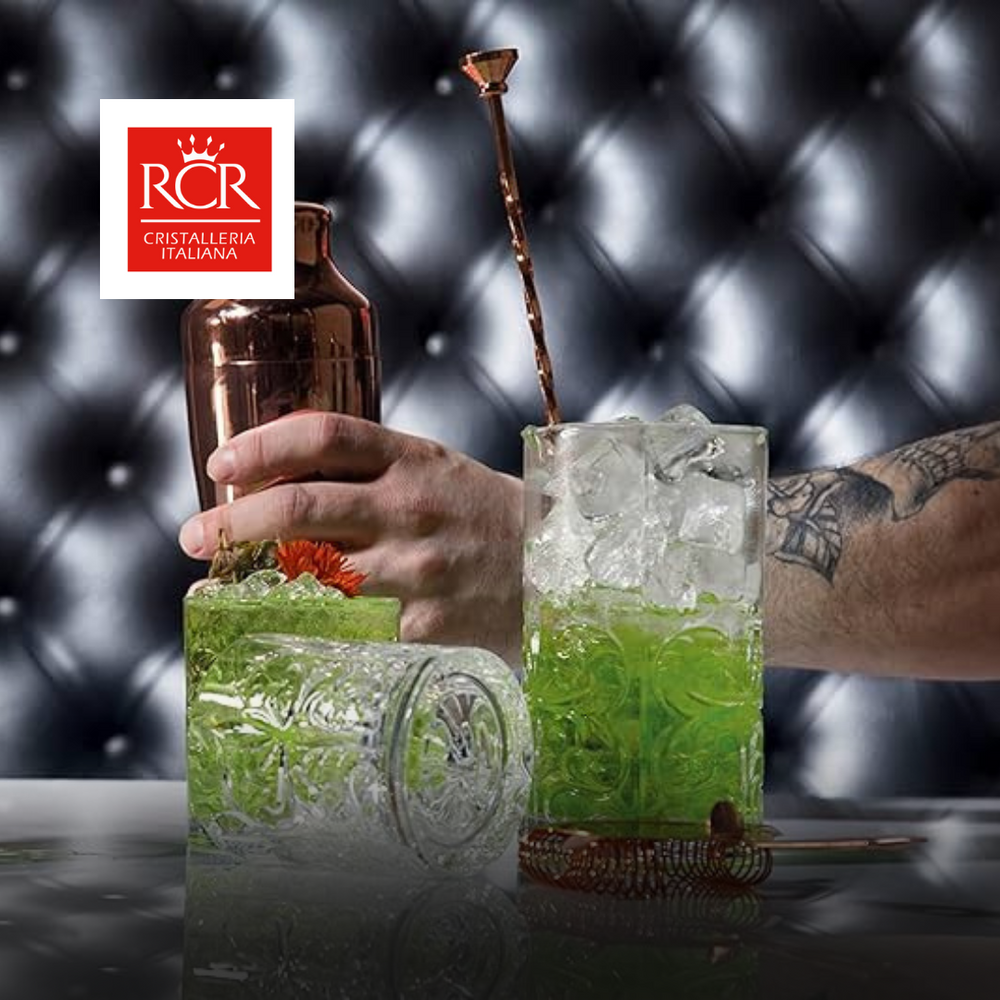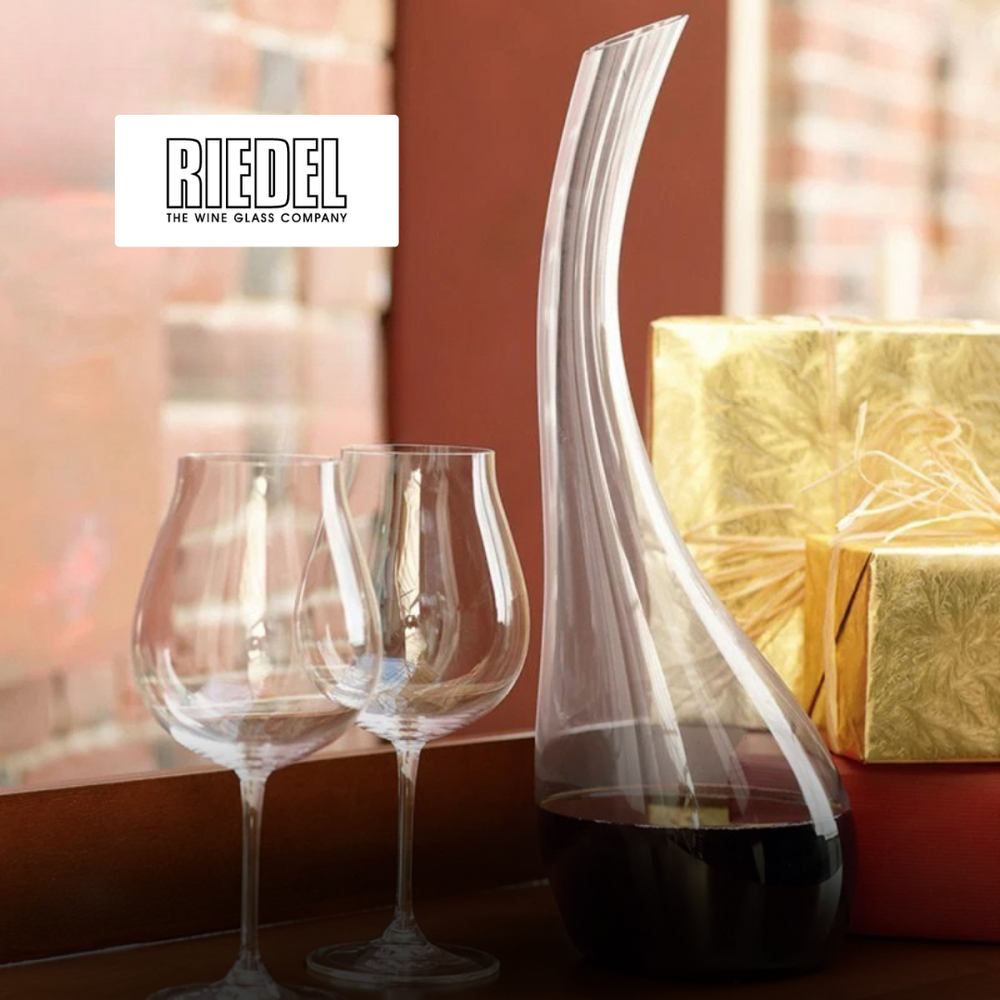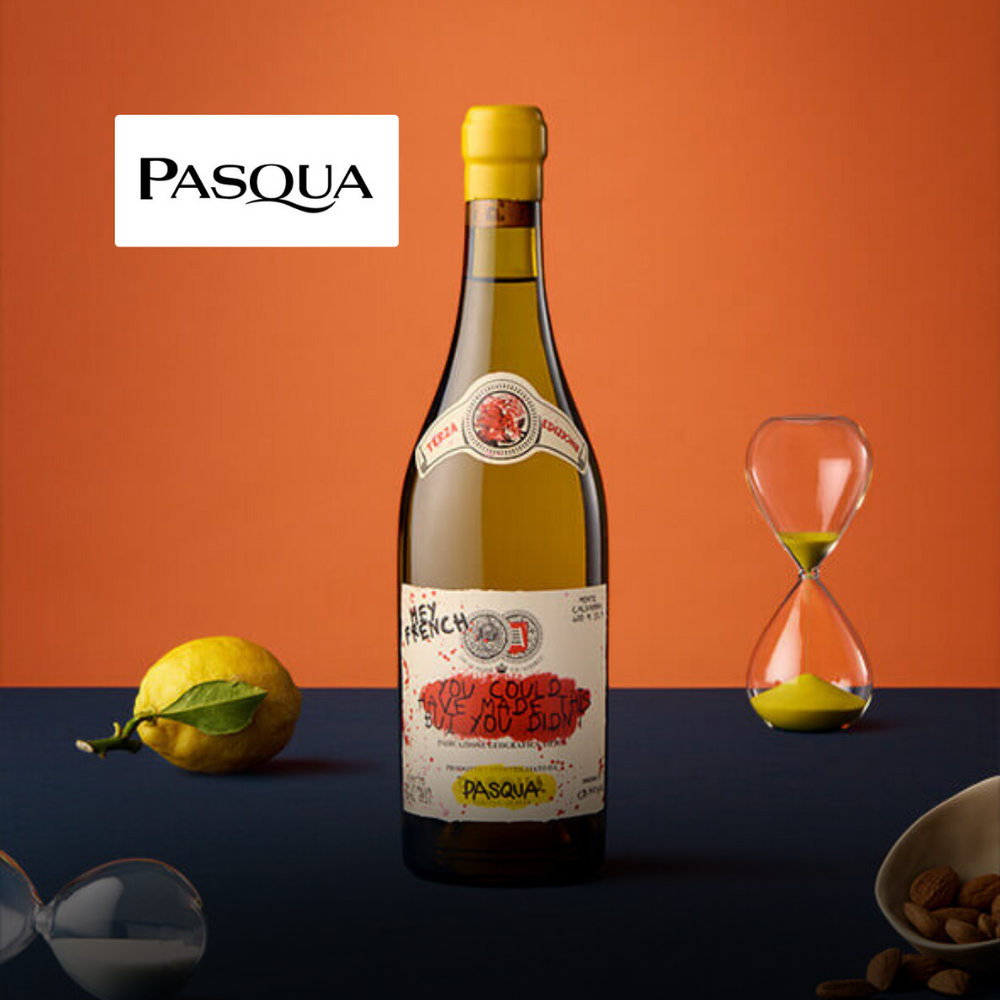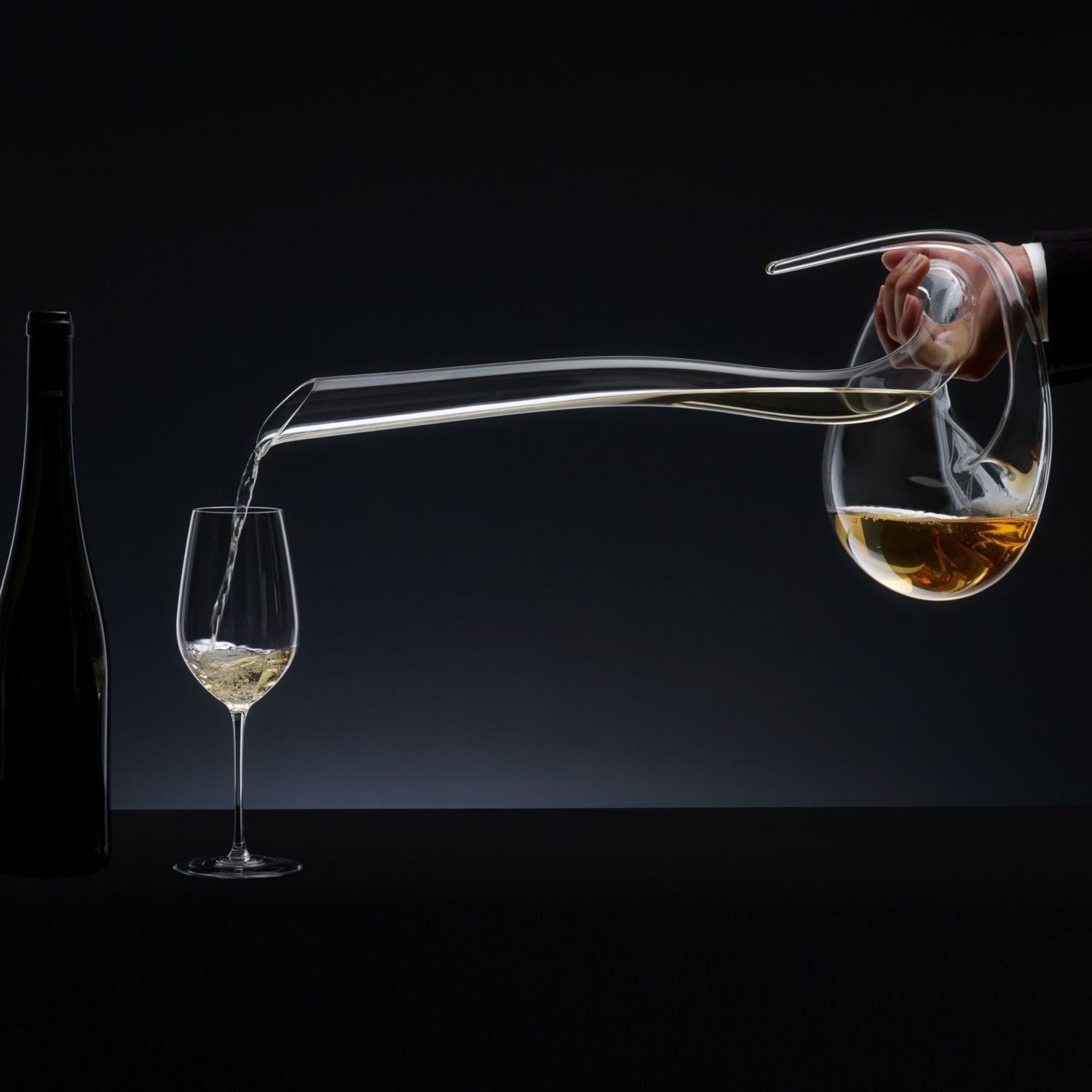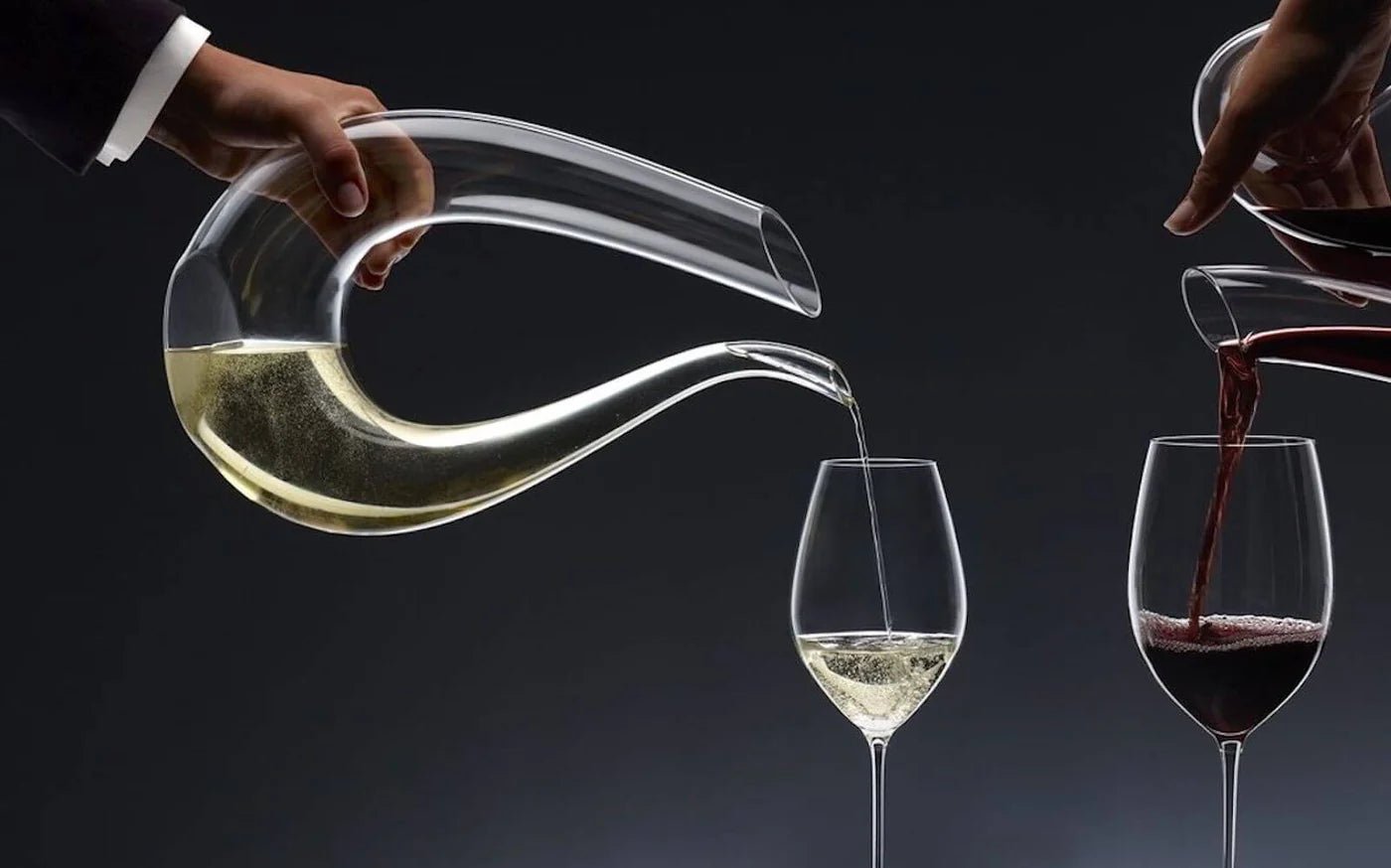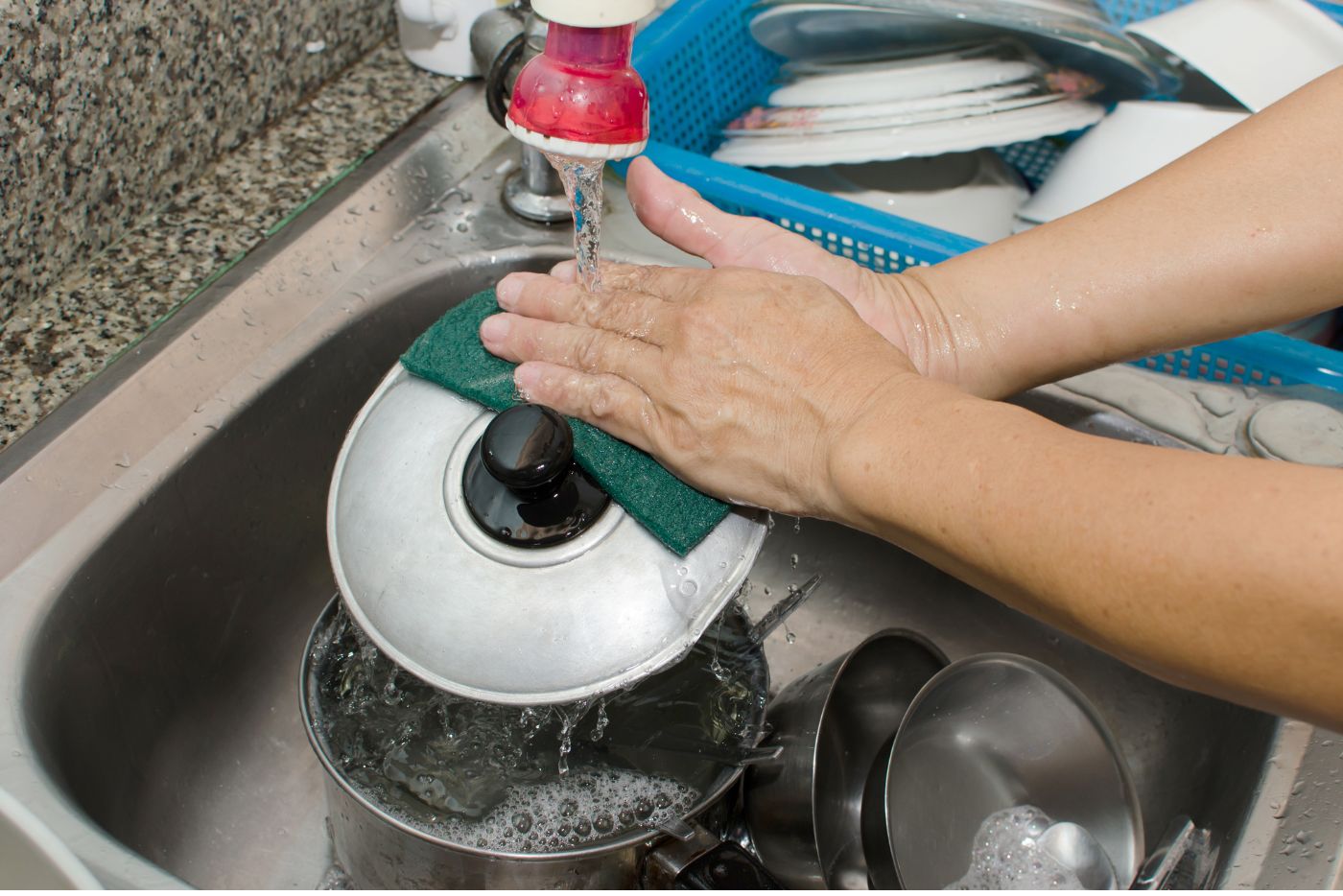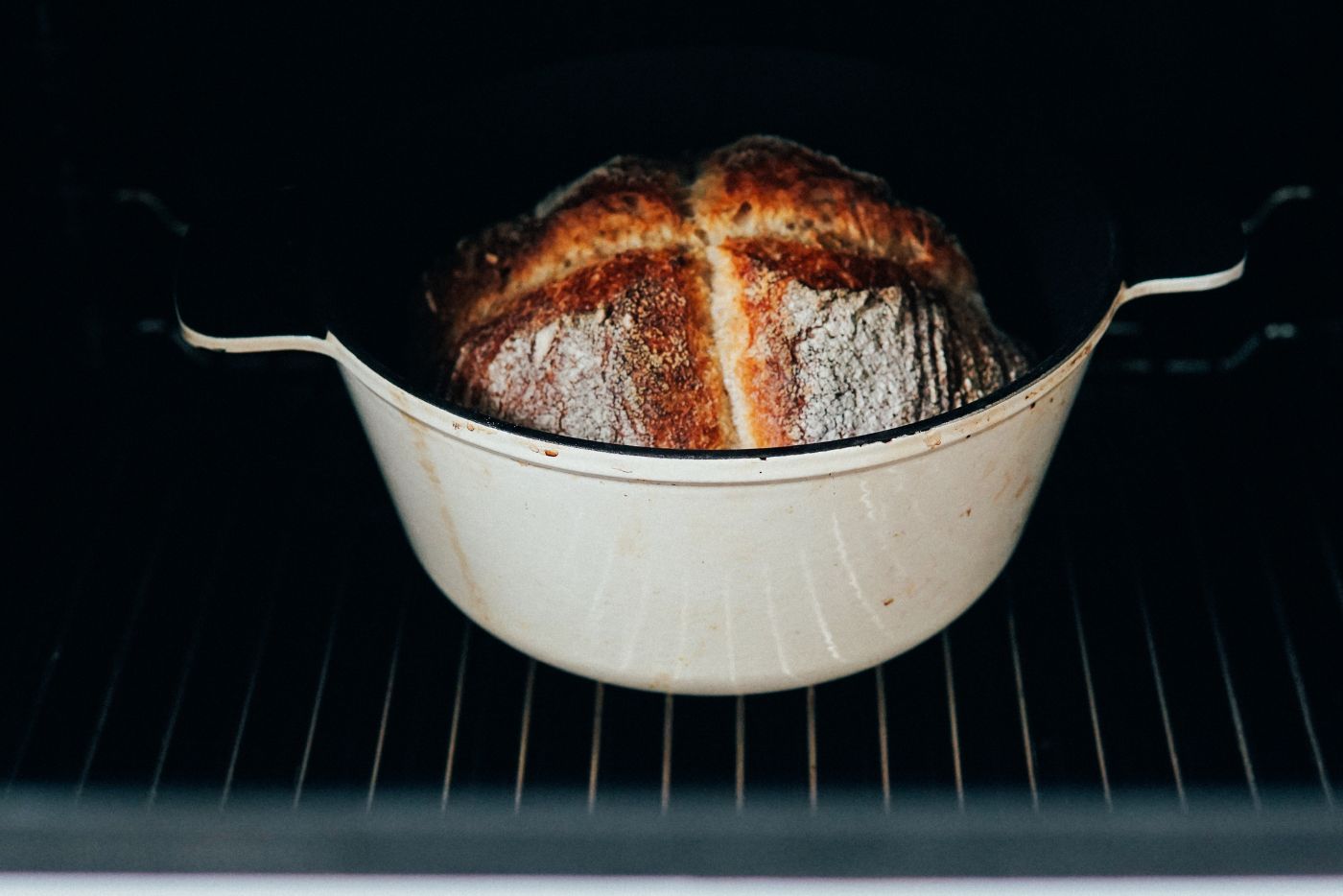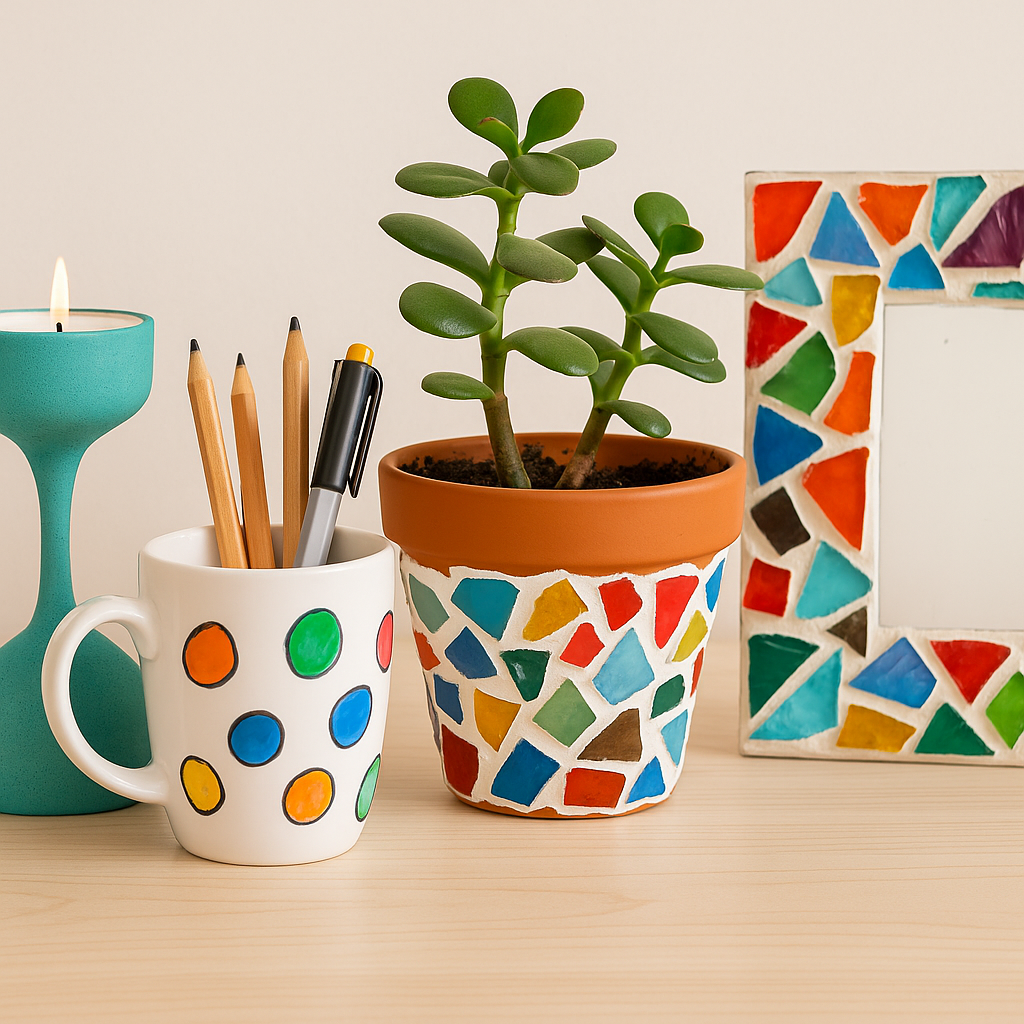When and Why Should You Decant Wine?
The decanter is a special container made of glass or crystal, whose usefulness is often underestimated. Beyond its elegant appearance, it serves a key role in decanting wine or other alcoholic beverages.
Why Use a Decanter?
There are two main reasons why every wine lover should own and use a decanter, especially for special occasions such as Sunday lunches or festive family gatherings.
- It separates wine from sediment. A decanter is used to separate aged wines from the sediment that naturally forms in the bottle over time. However, it’s not only useful for mature wines but also for younger ones.
-
It promotes oxygenation. For young wines, decanting allows proper aeration and enhances the wine’s aromatic complexity improving both its fragrance and flavor.

How to Handle Young Wines
It’s a common misconception that young wines need months before they can be enjoyed at their best. In reality, they can be served right away provided you follow a few simple decanting steps.
To enhance the flavor of a young wine, it’s best to open the bottle several hours before serving ideally between 8 and 12 hours. This allows the wine to breathe and adapt to room temperature. However, if that’s not possible, a decanter can accelerate the process.
The decanter acts as an alternative to long aeration by speeding up oxygenation. The result is a more aromatic and balanced wine, with scents and flavors fully expressed. Many sommeliers point out that true tasting begins with the aroma and decanting, even in the glass, enhances it.
Reducing Carbon Dioxide in Wine
During winemaking, carbon dioxide is produced during the initial alcoholic fermentation. It plays an important role in preserving the wine’s quality over time. However, for tasting purposes, too much CO₂ can dull the flavor and texture.
By decanting the wine before serving, you help release excess carbon dioxide and trigger a controlled oxidation process that enhances the bouquet and smoothness. This brings out the wine’s natural aromas and softens any harsh notes. Decanting is beneficial for both red and white wines.

Tips for Proper Decanting
When decanting, especially a young wine, the goal is to transfer the contents into the decanter to promote oxygenation and maturation. For young wines, you can pour it more vigorously allowing air to mix in (“the splash decanting method”).
For aged wines, the opposite is true: pour slowly and gently to avoid disturbing any sediment that may have formed and to preserve the wine’s clarity and brilliance.
To truly understand the importance of decanting, try this simple experiment:
Suggested Experiment:
- Pour half the bottle into a decanter.
- Let it aerate, then serve it in a glass.
- Serve the remaining wine directly from the bottle in a separate glass.
Compare the two. You’ll notice clear differences in color, aroma, and taste proof that decanting transforms the wine experience.

The decanter is an essential ally for any wine enthusiast. It enhances aroma, taste, and structure turning every bottle into a complete sensory experience.
If you don’t own one yet, now’s the perfect time to get (or gift) one. A small investment that makes a big difference at the table.
